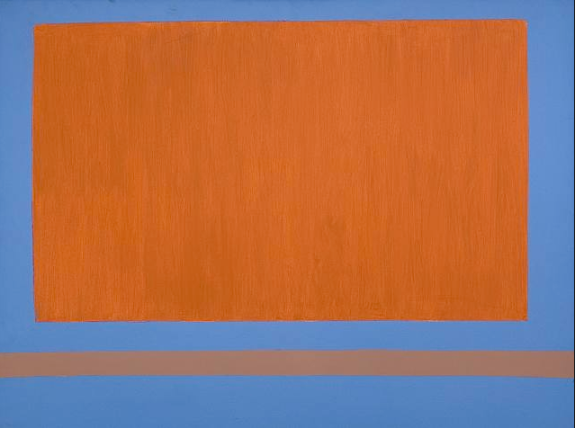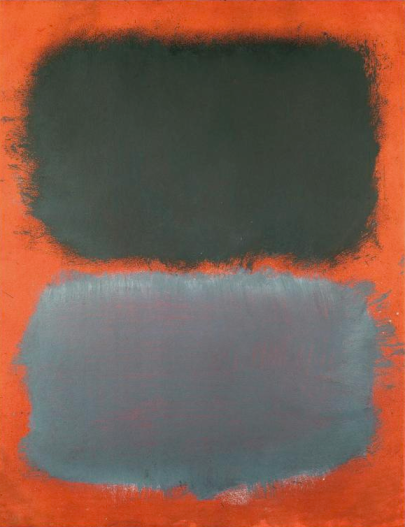Art is goddamn expensive–a fact that has always struck me as odd. I can’t imagine creating something from the depths of my soul and then hoarding it behind a price tag with a watermark so no one can see it. The whole point of art is to give birth to your vision and share it with the world. At least, that’s how it is to me and I ought to know since I’m an artist. That’s artist, not artiste.
Yes, art supplies are ridiculously expensive. I have stood in an art supply store, counting change and weighed the value of more black acrylic paint over eating. The paint usually won because there is just no way you can not finish a piece simply because you’re out of paint. That’s silly.
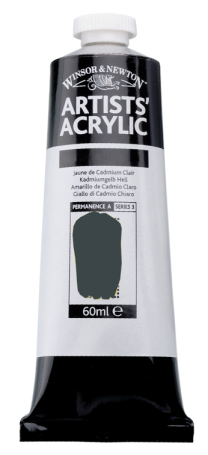
winsornewton.com
I’m certainly not saying that art should be free. Artists need to make a living, too. We are notoriously bad at pricing things. We are renowned for being terrible at the business end of creativity, because how can you put a price tag on creativity? That’s why gallery owners exist. They are the lawyers of the creative world. They handle putting a price tag on your vision and they usually overcharge. They have to make money somehow.
Doesn’t it strike you as odd that the value of a work of art is based primarily on how much name recognition an artist has? Imagine if the price of books, movies or music was based on how popular it is. You could buy a garage band’s album for $3, but forget about being able to afford that awful Blurred Lines nonsense that’s floating around. Robin Thicke is only for rich people, sorry.
Have you heard of Mark Rothko? Even if you don’t know the name, you’re probably familiar with his work. He does simple paintings of colored squares. Now, have you heard of Theodoros Stamos? No? Well, Stamos and Rothko were contemporaries in every sense of the word. They were both part of The Irascibles, a group of painters who set the trend for abstract expressionism in the mid 20th century.
Can you tell which painting is which artist’s?
The first painting is “Classic Yellow Sun-Box” by Theodoros Stamos from 1968. The second is “Untitled (Gray, Gray on Red)” by Mark Rothko from 1968. Which one do you think is worth more?
There’s a Stamos coming up for sale at Christie’s auction house with an expected price of $6000-8000. Meanwhile, last year, a Rothko sold for a record-setting $75 Million at Sotheby’s.
Now, why is that? Is it because Rothko is a better artist than Stamos? I don’t think so. It’s name recognition. That’s all. Rothko is a recognizable name and Stamos, not so much. It’s all subjective. Yes, all art is in the eye of the beholder, but when I say subjective here, I mean financial. How much is a name worth?
I just moved into a large room from a tiny one. I now have a ton of wall real estate just begging for art to be put on it. I have a respectable, if small, collection of original artworks. None of them are really recognizable artists, at least, not on the scale of Rothko or even Stamos, but they are original works. I like owning original art, because it puts food on the table for some artists scraping by. I don’t care about names; I care about art. If something moves me, if I like something, I want to look at it.
Art makes me happy, but alas, I cannot afford it. The problem with art is that the only people who can really afford it are the people who care about it the least. Do you think the person who spent $75 million on a Rothko really cares about that particular painting? If anything, aesthetics were a minor factor. It’s all about the money. Someone spent $75 million for a square on canvas in oil paint, the same medium that Bob Ross used, as an investment.
Yesterday, instead of writing or reading posts, I went art shopping. I didn’t buy anything. I didn’t buy anything because I couldn’t afford a thing. I wanted to find a print of one of my favorite paintings, Max Ernst’s 33 Girls Chasing Butterflies. The cheapest one I could find was $50. For a print. For an unframed print. For an 11×13″ unframed print. Seriously?

OK. Well, how about Kandinsky? I wanted to at least have Composition VII, my favorite. $27 for a poster? The same kind of posters I had hanging on my walls of my favorite bands when I was in school? And it’s got this cheesy as shit “KANDINSKY” bullshit across the bottom…
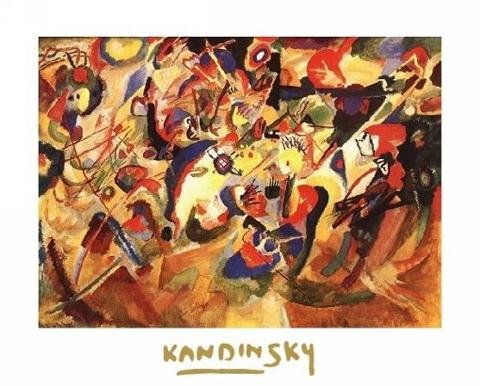
amazon.
Fuck you, world. Seriously. I’m not paying $30 for a poster. No money from the $30 poster is going to Kandinsky. You know why? He’s dead. He’s been dead since 1944 and I assume he’s going to stay that way.
Alright then, original art it is. I have zero problems paying $30 for a print, even if it’s unsigned, as long as some of that money goes to the artist. I went to my favorite gallery’s website and found at least $500 worth of original art and prints I would like to buy. My budget was about $50. The one I really, really wanted was $80 and I just couldn’t pull the trigger on $80 for one signed print. Sigh.
So, Redbubble it is then. I ended up with eighteen items in my cart. I narrowed it down to seven:
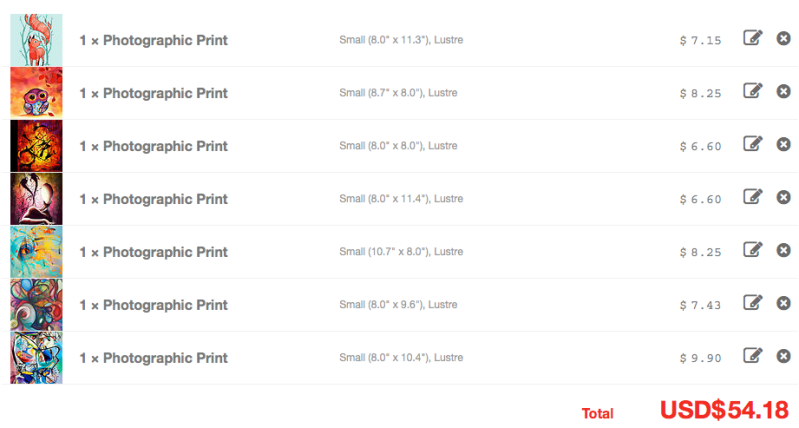 These are all original artworks. None of them are signed or number or even limited edition, but at least some of that $54 I’m spending will go to the original artist and I didn’t even have to spend $75 million.
These are all original artworks. None of them are signed or number or even limited edition, but at least some of that $54 I’m spending will go to the original artist and I didn’t even have to spend $75 million.
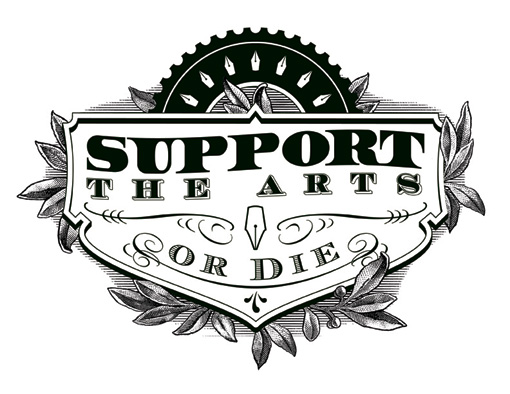
Unless otherwise stated, all images from wikipaintings.org.


